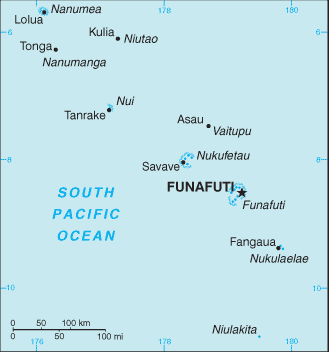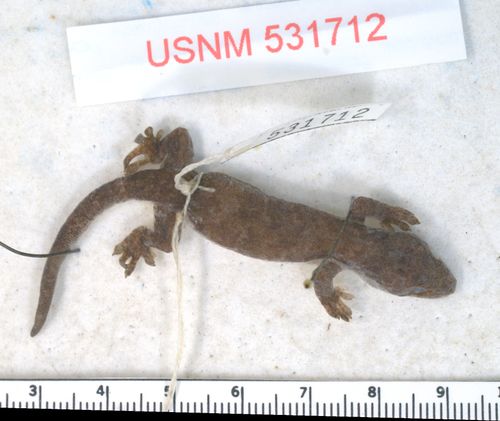6. Saoto Soup (Spicy Chicken Soup)
Saoto Soup is a traditional soup made with spicy chicken, noodles and vegetables, and is usually served with crispy fried onions on top. It’s simple recipe makes for a popular comfort food in Suriname, particularly during the colder seasons.
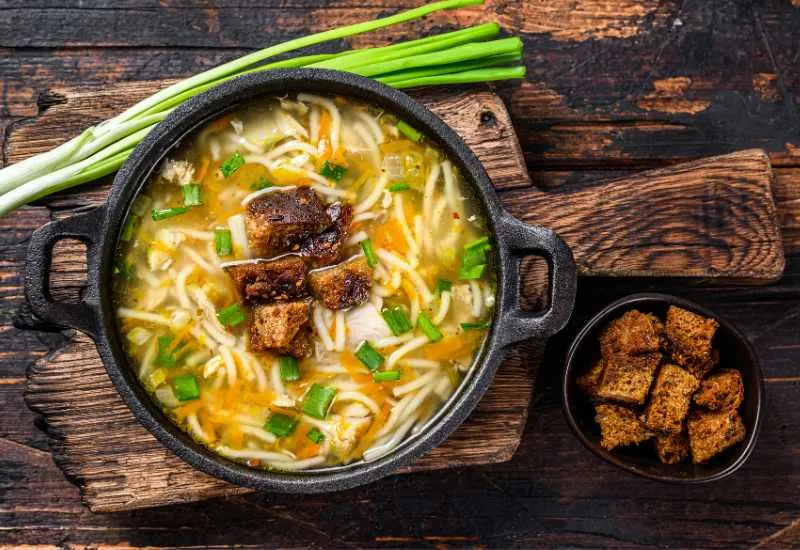
Yeah look a lot like indonesian dish... Haha...
7. Ruth Jacott
A Dutch vocalist by the name of Ruth Jacott is Suriname-born. As the Netherlands’ representative at the 1993 Eurovision Song Contest, Jacott made the switch from musical theater to popular music. Although “Vrede,” one of her songs, was one of the favorites to win, it finished sixth out of 25 at Millstreet. Since then, she has put out nine albums in Dutch, four of which reached the Top 10 of the Dutch charts.
8. Despite The Small Size, Suriname Has Incredible Ethnic Diversity
East Indians, Maroon, Creole, Javanese, Amerindian, Chinese, White, and many other ethnic communities call Suriname their home.
Intermarriage between the various ethnic groups has also resulted in the country having a significant population of mixed ethnic descent.
( musbee giving lots n lots of gene variations, hmmm…..great for planet earth……way to go Suriname……)

10. Pastei (Meat Pie)
Pastei is a Surinamese meat pie made with a flaky crust and filled with chicken or beef and vegetables. This dish is often eaten at celebrations and special occasions.
This dish is similar to pies found in other cuisines, such as British or Australian pies, and the recipes have a lot of similarities.
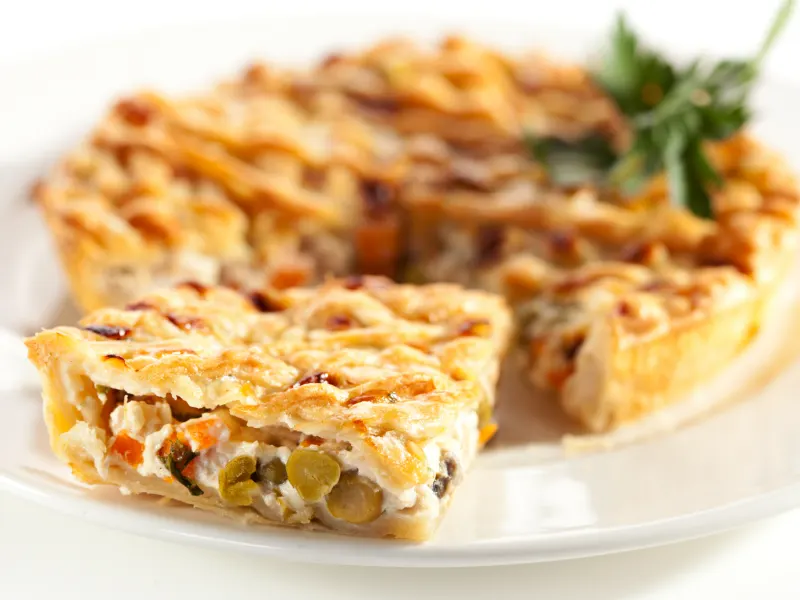
2. Darwin’s theory of “subsidence” was tested on Tuvalu.
The Royal Society of London attempted to test Darwin’s theories of atoll formation on three separate missions to bore into the coral on Funafuti in 1896, 1897, and 1898. Darwin proposed that coral atolls start as fringes on volcanic islands, which grow upwards towards the sunlight. To prove his theory, one would expect to find volcanic matter at depth on the atolls. Unfortunately, the drilling equipment used on the expeditions wasn’t able to drill deep enough, an interesting fact about Tuvalu. Darwin’s theory was only proved in 1951 when the United States Geological Survey found volcanic rock at Eniwetok and Bikini atolls on the Marshall Islands. The Society’s boreholes remain on Funafuti and can be visited. https://factsking.com/countries/tuvalu/

4. Endemic species, that is, species that only exist in Tuvalu:
Text in green is taken as copy and paste from https://lntreasures.com/tuvalu.html
The Tuvalu Forest Gecko Lepidodactylus tepukapili (GBIF) (BHL) is known solely from Tuvalu.
Land snails unique to Tuvalu include Sinployea pseudovicaria (BHL), Sinployea ellicensis (BHL), Vatusila vaitupuensis (BHL), and Thaumatodon decemplicata (BHL). Endemic jumping spiders include Ascyltus audax (fig. 4 at NZTEC) and Ascyltus ferox (fig. 3 at NZTEC). A sponge Erylus monticularis (BHL) (fig. 3 at BHL) seems to be known only from Tuvalu.
Here the NZTEC figure so 3 and 4, the Ascyltus, are 100% Tuvalian:
5. It has a history of blackbirding
Like several other Pacific islands, Tuvalu has a history of ‘blackbirding’. In the 19th century, people were kidnapped for use as forced labour on plantations in Australia, Fiji, New Caledonia, Samoa and Peru in response to major commercial activity of the 1860s. A few signed up willingly but most were tricked or enticed aboard by sailors dressed as priests. Blackbirding devastated many Polynesian populations. In 1872 Britain’s Pacific Islanders’ Protection Act finally outlawed the practice, in response to persistent lobbying by missionaries. https://www.enjoytravel.com/en/travel-news/interesting-facts/interesting-facts-tuvalu
6. Coconut Crab Curry
Tuvalu’s Coconut Crab Curry, a dish using one of Tuvalu’s most important resources (coconut crab) alongside onion, curry powder, and spices.
Originally from the islands of South India, this dish was brought to Tuvalu sometime in the not-so-deep past, where it became favored by locals for its strong flavor and use of the abundant coconut crab.
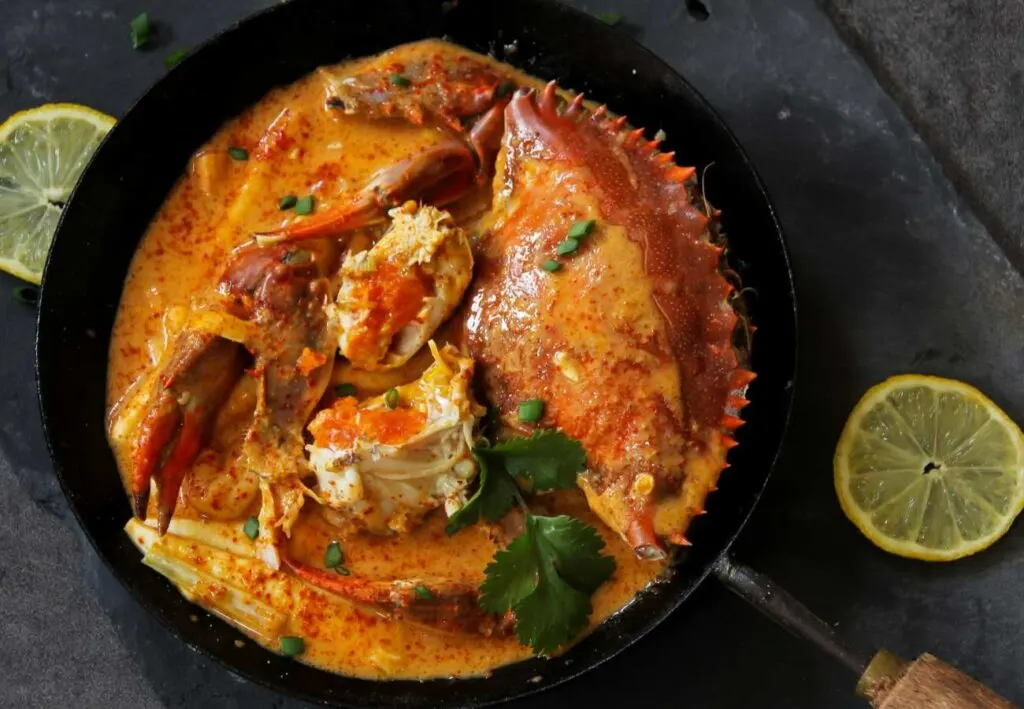
7. Tuvalu is using digital technology to save itself from rising seas
Tuvalu is a low-lying archipelago of 9 small islands in the South Pacific. Half of its capital, Fogafale, could be underwater by 2050 due to rising sea levels.
Digital Technology to the Rescue
Tuvalu is using digital technology to save itself from rising seas. Sensors mounted on aircraft scanned Tuvalu's coasts, precisely mapping the height and depth of more than 500 km2 of land and seafloor. Engineers used this data to model the effects of future sea level rises and to design the most effective coastal defenses.
The Coastal Adaptation Project
The Coastal Adaptation Project will create 7.3 hectares of new land around 3 islands, protecting them from rising sea levels and storm surges well beyond the end of this century. This $38.9 million project is underpinned by digital technology.







